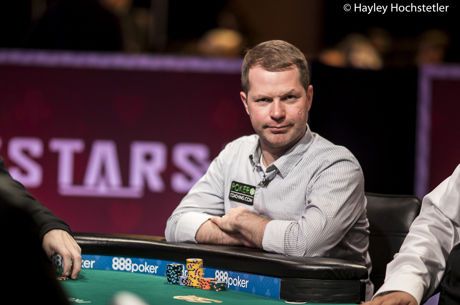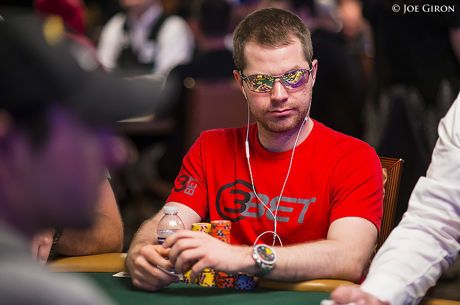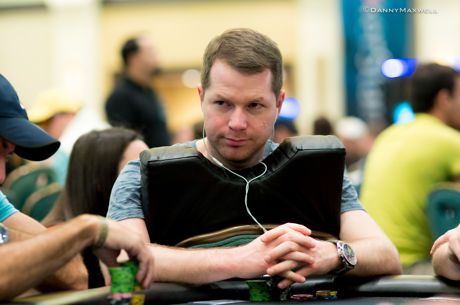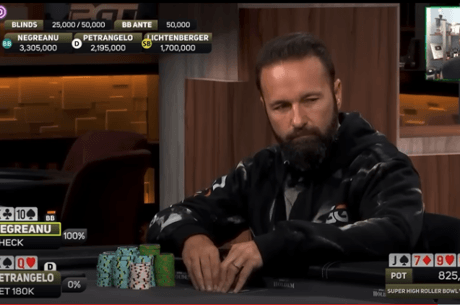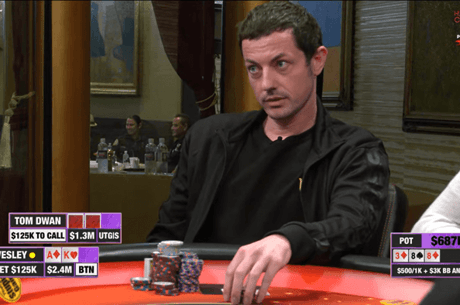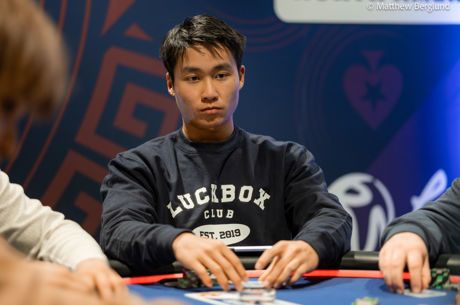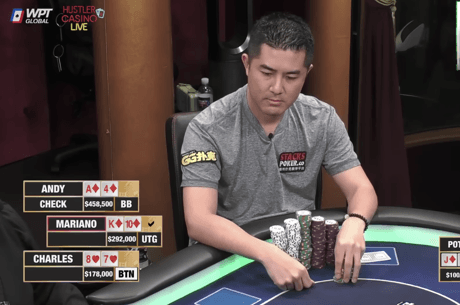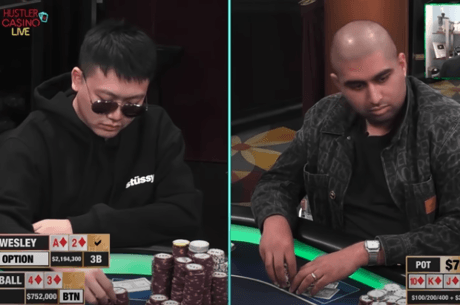Jonathan Little Explains Why He Folded Top Two Pair on the Flop
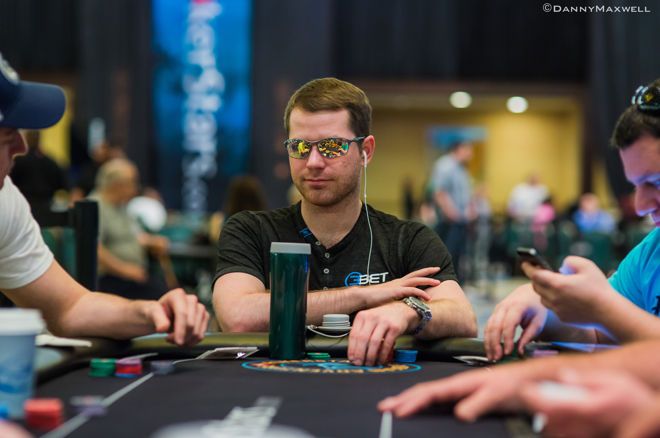
When I flopped top two pair in the World Series of Poker (WSOP) Main Event in a multi-way pot and faced a lot of aggression, I had to ask myself whether I wanted to make a big fold or find a way to get all-in?
That hand, which took place in the 75/150 level, is the subject of this week’s strategy article. It began when an early-position player limped and next to act popped it to 750. The button flatted and I looked down at the J♦10♦ in the small blind.
The only time I would ever fold here is if I was confident the early-position player limped with the intention of reraising, but I have no reason to believe that here. So, I called, the big blind did the same, and the limper came along to make it five-way action to the J♥10♣9♥ flop.
We have top two pair, but whenever the board contains three cards to a straight, you have to be very cautious because it’s very likely that if a lot of money goes into the pot, you’re up against either a set, straight, or a very good draw. So, should we check or lead?
I usually don’t lead in scenarios when a flop should be good for the preflop raiser, like in this hand. This is a spot where I am going to check with my entire range. The big blind did the same and the initial limper bet 1,200. The lojack, who had raised preflop, called and I was thinking of putting in the check-raise if the tight player on the button folded.
"The size of the raise meant the other two players who had already put money into the pot were going to get excellent odds to call."
Instead, they raised to 4,000 and the situation changed substantially. The size of the raise meant the other two players who had already put money into the pot were going to get excellent odds to call. As such, the button was essentially advertising a very big hand figuratively saying, “I have such a strong hand that I’m going to give you great odds and you still can’t beat me.”
Straights and sets would be the strong hands here, and my two pair doesn’t do so great against those hands. Maybe I could drill a jack or ten, but that’s unlikely. There’s a good chance some of my opponents kill a jack and ten. Given that, I think I have a fold.
We had a reasonably strong made hand on the flop, but given the action, it was basically turned into a bad bluff catcher. Do I think these players are bluffing often early in the WSOP Main Event? I do not. Maybe they’re overvaluing hands, but I doubt they’re bluffing big into a multiway pot. As such, I deposited my hand into the muck.
The big blind also folded, the other two players called, and the 2♥ turn completed a flush draw. All three players checked and the 2♠ completed the board on the river. The early-position player bet 3,500, the lojack folded, and the button called.
The early-position player tabled 10x9x for a bad two pair while the button had the 8♠7♠ for the straight, which was basically a bluff catcher on the river given the straight and flush draw possibilities.
For a more thorough breakdown of this hand, check out my thoughts in the following video:
Jonathan Little is a professional poker player and author with over $7,000,000 in live tournament earnings. He writes a weekly educational blog and hosts a podcast at JonathanLittlePoker.com. Sign up to learn poker from Jonathan for free at PokerCoaching.com. You can follow him on Twitter @JonathanLittle.

